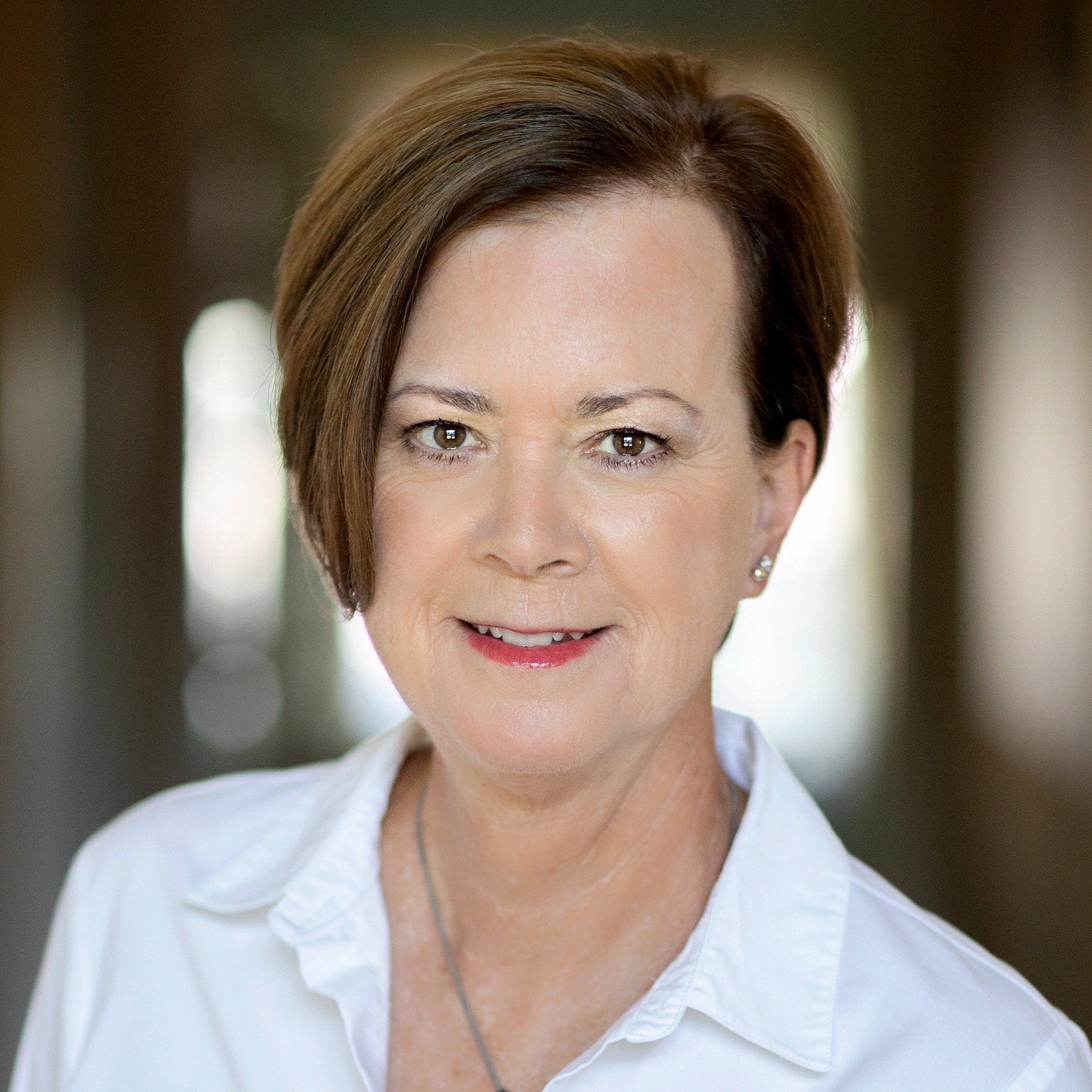It's been 13 years since The Center for Health Design launched its Evidence-based Design Accreditation and Certification (EDAC) credential.
To date, just a little over 3,000 individuals are EDAC-certified. This impressive number is partly due to the fact that unlike other design credentials, there are no pre-requisites and anyone can study for and take the multiple-choice answer test.
This leads some to believe that the test is too easy and the credential doesn't mean much.
But if you want to achieve the best possible outcomes and help improve the quality of care through building design, then you need to understand how the evidence-based design process works.
And the easiest way to do that is to become EDAC-certified.
Are Clients Asking for Credentials?
Another criticism of EDAC is that healthcare clients aren't asking their designers to have the credential, which may be true. But it's also true of other healthcare design credentials too, like the ones from ACHA and AAHID.
The difference is that many requests for proposals include language about evidence-based design. EDAC certification is one way to check off that box.
Growing the Research Database
The other advantage of more people becoming EDAC certified is that it helps the research database to grow.
When the first literature review was done by The Center for Health Design in 1996, there were only 80 credible studies that linked the design of the physical environment to patient and staff outcomes.
Although a comprehensive literature review has not been done since 2008, today there are more than 6,000 research citations and key point summaries in The Center for Health Design’s online Knowledge Repository.
In the early days when I talked about the amount of evidence linking the physical environment to outcomes, there was always a physician in the audience who’d raise their hand and say, “That’s nothing. In medicine, we have tens of thousands of studies linking medical outcomes to decisions.”
Which was true and still is. But it's not the quantity that matters. It's the quality.
Evidence-Based Design for All Building Types
I believe that there's an opportunity to expand the practice of evidence-based design beyond healthcare.
Because evidence-based design is a process. It can be applied to all building design projects.
And since Covid-19 has put the focus on how the design of our buildings impact our health, the time is right for the practice of evidence-based design to be recognized and embraced by all architects and interior designers.
If this happens, the research database will grow even bigger and more robust.
Opportunity for Collaboration
As my colleagues and I wrote in an article about healthy buildings that was recently published in the Journal of Hospital Management and Health Policy, the evidence-based design process can be used to achieve LEED and WELL building ratings.
There are also LEED and WELL professional credentials. That means there's also an opportunity for collaboration among the organizations who administer these credentials.
But each of these organizations gets revenue from their credentialing programs. So even though they may all want to change the world for the better, they still need to make money to fund their operations.
For that reason, it's hard to imagine much collaboration. Even if they just talked to each other -- or formed a council of professional certification program administrators that would be a start.
Maybe they are talking to each other. I don't know.
What do you think the future holds for evidence-based design? Leave a comment in the box below or email me.
P.S. Please do me a favor -- if you liked this post and like this blog, please share it with others by sending them the link or posting it on your Twitter, LinkedIn, or Facebook. Also, don't forget to subscribe, so you'll get emails when new content is posted. Thanks!
Photo: Illustration 62754039 © Markus Gann | Dreamstime.com








